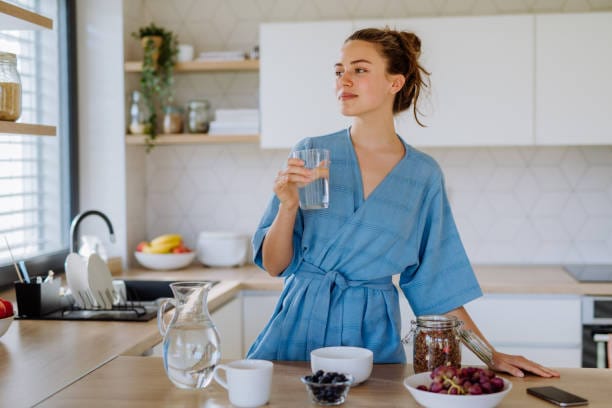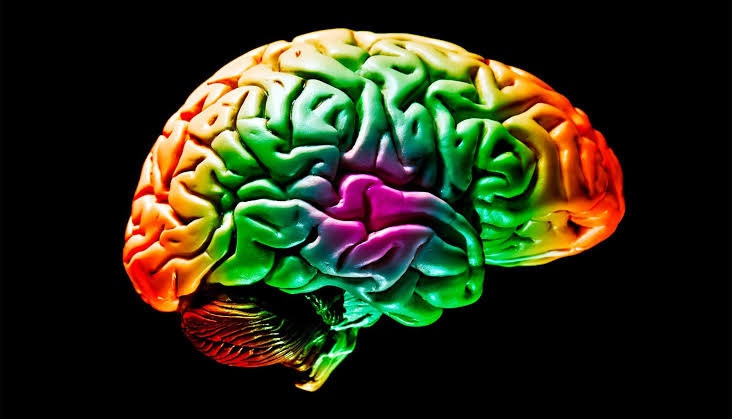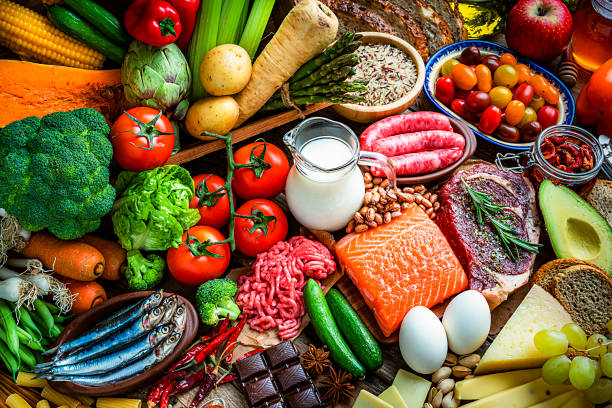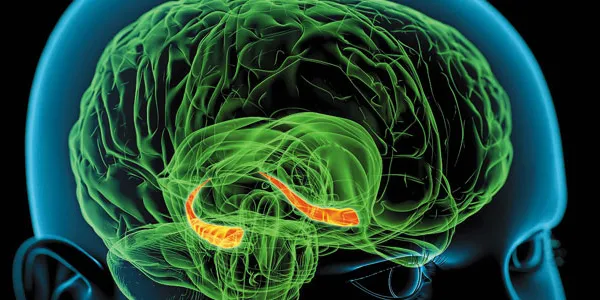Medicine is often thought of as a realm of cold, clinical facts and precise procedures. We trust doctors with our lives, assume biology textbooks hold the truth, and expect hospital environments to follow strict logic. But beneath the surface of stethoscopes and sterile gloves lies a treasure trove of medical facts so weird they feel like fiction. From the body doing the unthinkable to strange symptoms that sound like science fiction, the human body — and medicine itself — is bursting with bizarre, mind-blowing truths.
Get ready to dive into a fascinating world where the truth is often weirder than your wildest imagination. These aren’t myths or tall tales; they’re backed by real science and clinical research. Prepare to have your mind boggled and your worldview twisted by medical marvels you didn’t even know were possible.
Your Stomach Gets a New Lining Every Few Days
Imagine a bag of acid sitting inside you — a highly corrosive liquid so powerful it could dissolve metal if it tried. That’s your stomach acid, which contains hydrochloric acid strong enough to burn your skin. But instead of digesting itself, your stomach has a clever trick: it regenerates.
Every three to four days, the human stomach grows a new lining. The reason? To protect itself from the very acid it produces. Without this regular renewal, your stomach would literally digest its own tissues. So, every few days, you’re growing a brand-new stomach lining, whether you’re aware of it or not.
You’re Glowing — Literally
It’s not just poetic metaphor when someone says you’re glowing. You really are. Human bodies emit a tiny amount of visible light — a phenomenon called bioluminescence. Scientists in Japan discovered that the human body glows in visible light, but it’s a thousand times weaker than the human eye can detect.
The glow is caused by biochemical reactions involving free radicals and lipids. Your face, in particular, tends to glow the most, especially around late afternoon. Unfortunately, this glow isn’t strong enough to help you find your way in the dark or be used for a romantic sci-fi date, but it’s still there, silently shimmering.
The Liver Can Regrow — Like a Lizard’s Tail
Lizards can regrow their tails. Starfish can regenerate limbs. And so can…you? Kind of. The human liver has incredible regenerative properties. You can lose up to 75% of your liver, and it will still regrow to its original size.
This is why liver transplants sometimes involve only part of the donor’s liver — both the donor and the recipient’s livers will grow back to normal size within weeks. Ancient Greeks may have known this strange ability; in mythology, Prometheus was punished by having his liver eaten daily by an eagle — and it grew back each night.
There’s a Medical Condition That Makes You Think You’re Dead
Sounds like a horror movie, but it’s a real psychiatric condition called Cotard’s Delusion. People with this rare mental disorder believe that they are dead, don’t exist, or have lost their internal organs. Some insist that their body is rotting or that they’ve already been buried.
It’s as disturbing as it is mysterious. Most often linked to severe depression or psychotic disorders, Cotard’s Delusion can occur after trauma or neurological issues. Treatments include antipsychotics and electroconvulsive therapy — and, remarkably, many patients can recover completely. But the experience is chilling: to walk and talk while believing your life has already ended.
Your Bones Are Stronger Than Steel
Bones might seem breakable — especially when you see an X-ray of a fracture — but they’re actually ridiculously strong. Ounce for ounce, human bone is stronger than steel. A cubic inch of bone can withstand pressures of about 19,000 pounds — roughly the weight of five pickup trucks.
Of course, bone density and health vary from person to person, and bones do weaken with age or disease like osteoporosis. Still, it’s amazing to think that your skeletal system, made of living tissue, can compete with industrial metal in terms of toughness.
There’s a Thing Called “Exploding Head Syndrome”
It’s a terrifying name for a condition that sounds like it came straight from a horror flick. But Exploding Head Syndrome (EHS) doesn’t actually involve heads exploding — physically, at least. It’s a sleep disorder where people hear extremely loud noises — like an explosion, gunshot, or thunderclap — as they’re falling asleep or waking up.
No actual sound occurs, but the noise feels real enough to jolt people awake in panic. The exact cause is unclear, but it’s considered harmless, though certainly unsettling. It’s more common than you think and is often linked to stress or sleep deprivation.
You Can Cry Without Tears — Or Cry Bloody Ones
Crying is universal. But not all crying is the same. Some people suffer from a rare condition called “dacryoadenitis” where inflammation affects tear glands, making it hard or impossible to produce tears even when emotionally distraught. Conversely, a condition called “haemolacria” causes people to cry blood — sometimes due to trauma, tumors, or unknown reasons.
Haemolacria has been documented throughout history and continues to mystify doctors. Though it looks like something from a horror story, some cases resolve on their own or are linked to treatable causes.
Humans Share 60% of Their DNA with Bananas
Yes, you read that right. You’re genetically closer to a banana than you might feel comfortable admitting. Around 60% of human DNA is shared with bananas, and even more with other animals — like 98% with chimpanzees.
But this doesn’t mean you’re part fruit salad. It simply shows that the building blocks of life — DNA — are conserved across living things. The genes that control basic cellular functions, like making energy or copying DNA, are similar in plants and humans. Nature tends to recycle good ideas.
There’s Such a Thing as “Foreign Accent Syndrome”
It’s one of the strangest conditions in the world of neurology: Foreign Accent Syndrome (FAS). After a head injury, stroke, or other trauma, a person suddenly starts speaking with a foreign-sounding accent — even if they’ve never visited that country or studied the language.
There have been cases where Americans developed “British” accents, Australians suddenly sounded French, and so on. It’s not just mimicry; brain scans show real changes in areas controlling speech patterns. The syndrome is incredibly rare, but very real — and deeply disorienting for those affected.
A Woman Once Had 2 Uteruses — and Got Pregnant in Both
Double uteruses — or uterus didelphys — is a rare congenital condition where a woman is born with two wombs. In some astonishing cases, women with this condition have conceived in both uteruses simultaneously.
In 2006, a woman in Bangladesh gave birth to twins — each from a different uterus. Doctors had no idea she had the condition until after delivery. Fertility, risk, and birth outcomes vary, but this unusual setup proves just how wildly unique the human body can be.
Some People Remember Every Day of Their Life
Imagine being able to recall what you had for lunch on June 12, 1998. Or what the weather was like on October 5, 2001. For a handful of people with Highly Superior Autobiographical Memory (HSAM), this is normal.
These individuals remember nearly every day of their life in vivid detail. Brain scans suggest differences in regions related to memory, like the hippocampus. But the ability isn’t always a blessing — many struggle with intrusive memories or feel overwhelmed by constantly remembering everything.
You Can Get “Stone Man Syndrome”
Medically known as Fibrodysplasia Ossificans Progressiva (FOP), this ultra-rare condition causes soft tissue to turn into bone. Gradually, muscles, tendons, and ligaments calcify, locking joints and making movement impossible — essentially turning a person into a “stone statue.”
There is no cure. Even minor injuries can trigger massive bone growth. Most patients lose mobility entirely and face extreme physical limitations. Despite its horrifying progression, the disease is crucial for genetic research, and scientists hope it may one day unlock secrets about bone regeneration.
Your Brain Can Eat Itself
In extreme cases of starvation, your brain — the command center of your body — begins to consume itself for energy. This self-cannibalization is part of autophagy, a process where cells break down their own components to survive.
Though autophagy plays a key role in cellular health and even anti-aging, prolonged malnutrition forces the brain to sacrifice neurons and synapses. This can lead to irreversible cognitive damage and death. It’s one of nature’s cruelest adaptations — turning on itself when all other fuel sources are gone.
Teeth Can Grow in Really Weird Places
Most people expect teeth to stay in their mouth. But that’s not always the case. There are documented medical cases of teeth growing in unusual — even terrifying — places. Some have found teeth in ovaries, brain tumors, and even inside the nose.
These bizarre cases often involve teratomas — tumors made up of tissue like hair, muscle, or teeth. Teratomas originate from germ cells and can develop parts of the body in the wrong place. While typically benign, the discovery of a molar growing in an ovary can certainly be more than a little unsettling.
Your Gut Has a Mind of Its Own
There’s a reason people say “gut feeling.” The human digestive system contains a vast network of neurons — about 100 million — often called the “second brain.” This enteric nervous system operates largely independently and controls digestion, but it also communicates with your actual brain.
This connection, known as the gut-brain axis, plays a role in mood, decision-making, and mental health. That “butterflies in your stomach” feeling? It’s a real neurochemical response. Some researchers even speculate that imbalances in gut bacteria could be linked to conditions like depression, anxiety, and autism.
Conclusion: The Body is a Strange and Wonderful Machine
The more we learn about medicine and the human body, the more we realize how little we know. Each bizarre condition, quirky process, and head-scratching symptom tells us one thing: nature has a wild imagination. Whether it’s blood tears, foreign accents, or brains that glow, the boundaries of what’s medically possible continue to surprise even the experts.
So next time your leg falls asleep, your stomach growls, or your memory randomly revives a decade-old song, remember — you’re not just a collection of bones and blood. You’re a walking, talking, regenerating, occasionally glowing miracle wrapped in mysteries science is still trying to solve.






